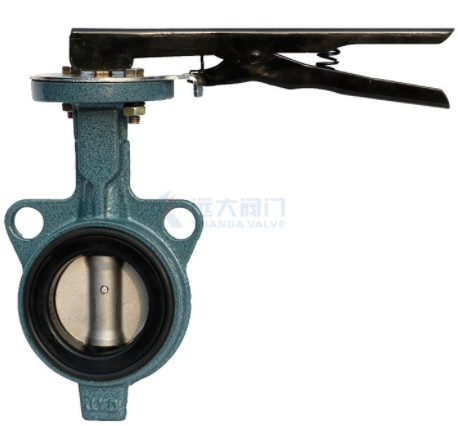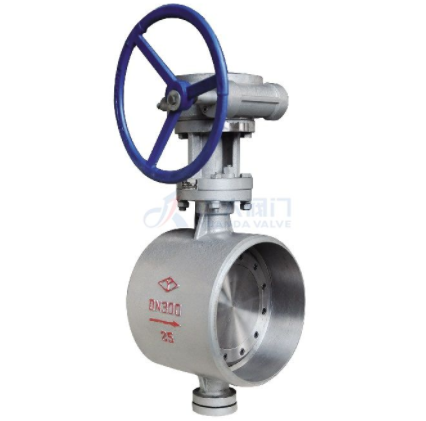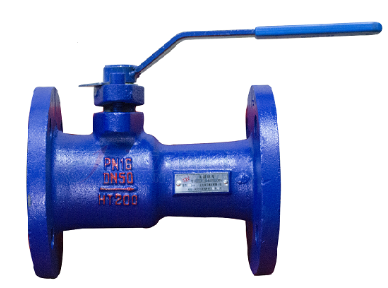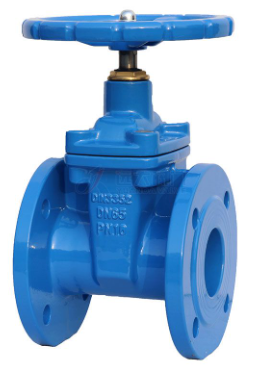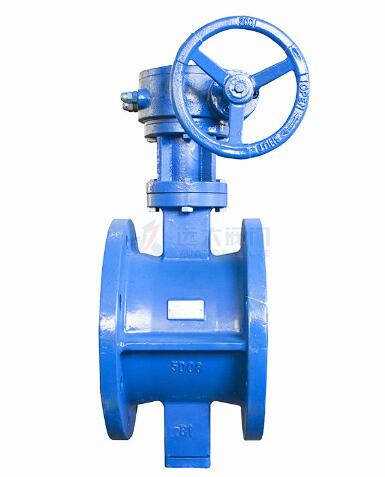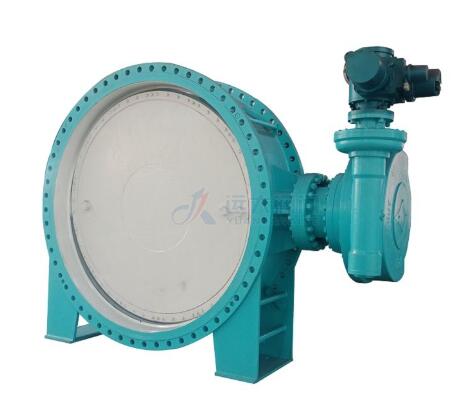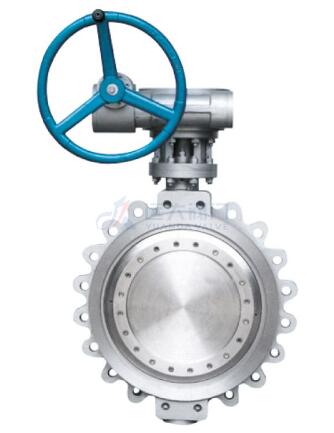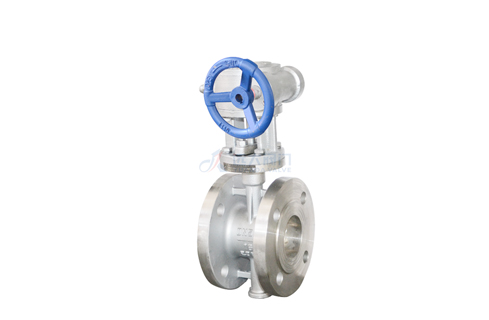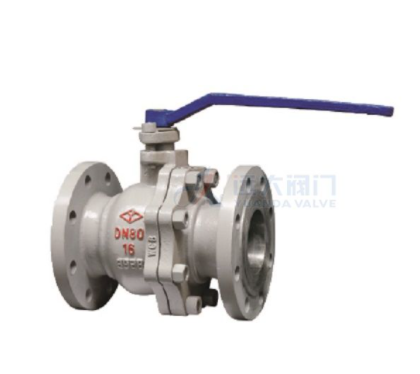A butterfly quarter is a quarter-turn valve, allowing for a quick shut off making it cost-efficient. The “butterfly” is a metal disc positioned in the center of the pipe with a rod passing through the disc to an actuator on the outside of the valve. It is in the shape of a gear, which is usually referred to as a gearbox, while the handwheel is connected to the stem. Rotating the actuator turns the disc either parallel or perpendicular to the flow. The valve is fully opened or closed when the disc is rotated a quarter turn, to stop, regulate, or start the flow. They are suited for handling large flows of liquid and gas at low pressures.
Read on for more information on how to choose a butterfly valve.
Pressure Drop
Energy costs go up with excessive pressure drop. The valve or valves are but one factor in a piping system that contributes to pressure drop. Of equal concern are these factors:
• The flow area of piping.
• Friction loss against pipe walls.
• Change of flow direction via fittings
• Butterfly valves have flow characteristics three times better than globe valves and approximately 75% of an equivalent size gate valve.
Operating Life
Butterfly valves can provide many maintenance-free cycles and still accommodate "bubble tight" shut-off.
Weight
Installation dollars saved with lightweight butterfly valves as compared to heavyweight cast iron valves; i.e. a 10" butterfly may weight 55 pounds, whereas a 10" iron gate may weigh 490 pounds. This can be an important saving when it is calculated over an entire system. The heavier the system, the stronger the pipe hangers, and the more expensive they become. So, by considering the weight of a valve one can also reduce piping system costs.
Versatility
Butterfly valves can be used for on/off service and throttling/balancing. They are superior in "versatility" as compared to a gate or globe valve. Butterfly valves have a wider range of chemical resistance due to the trim options and choice of elastomeric liners.
Bubble Tight Shut-Off
Gate and globe (metal to metal) seats cannot provide bubble-tight shut-off. Resilient seated butterfly valves are bubble-tight by design.
Physical Size
Butterfly valves take up approximately 1/6 the space of a gate valve. Every cubic foot of a building costs money.
I.E.: 10" butterfly is about 21" high and a 10" iron gate is about 43" high.
Cost
A butterfly valve is generally 40% the cost of an iron gate valve, not only in low initial costs but in low installation costs as well.
Maintenance
Properly installed butterfly valves are virtually self cleaning and are less susceptible to failure due to trash material in the line.
Ease of Operation
Butterfly valves offer 1/4" turn (90 degrees) open to close. Gates and globes require multiple turns to open and close. Ease of opening or closing means that butterfly valves can employ less expensive operators.
For more information on Yuanda Valves, visit our website.
